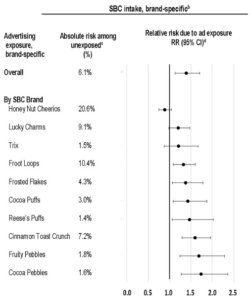Can Oreo cookies be sustainable?
We are seeing intense pressure on food companies to adopt more sustainable supply-chain and production practices. But can an ultra-processed food ever be sustainably produced? Or, is a sustainable snack food an oxymoron?
In BakeryandSnacks.com’s Spotlight on Sustainability, snack food companies say what they are doing to reduce their impact on the environment:
- ‘Last 10% is always the hardest’: Inside General Mills’ push for sourcing, agriculture and communities: According to its 2019 Global Responsibility Report, the Minneapolis, Minnesota-based company sources 85% of its top ten ingredients in responsible ways. Read more
- General Mills’ mega push towards healthy farming practices to lessen Big Food’s footprint: General Mills has committed to advancing regenerative agricultural practices on one million acres of US farmland by 2030. Read more
- General Mills reinvents cereal plan after crop failure of eco-friendly grain: General Mills’ plans to roll out a new cereal made from Kernza across the US have stalled. However, instead of crying over spilt milk, the company has put a new spin on marketing climate beneficial foods. Read more
- Grupo Bimbo: One of the world’s most ethical companies baking bread for billions the world over: Mexico’s Grupo Bimbo began as a humble family store in 1945, growing into the largest baking company in the world and a relevant player in snacks, with net sales of $14.2bn in 2017. Read more
- Mondelēz on track to achieve 2020 sustainability and healthy snacking goals: Mondelēz has said it is on target to achieve its 2020 goals in healthy snacking and sustainability. Read more
- Mondelēz expands sustainable wheat program to cover 100% of European biscuits by 2022: The Oreo maker has announced it is expanding its Harmony program to ensure that its entire European biscuit production will be made from sustainable wheat within the next five years. Read more
- Barilla reconfirms responsible agriculture commitment with the launch of 100% sustainable wheat biscuits: Italian pasta producers Barilla has reconfirmed its commitment to responsible agriculture with the extended use of 100% sustainable soft wheat across its Mulino Bianco brand of products. Read more





